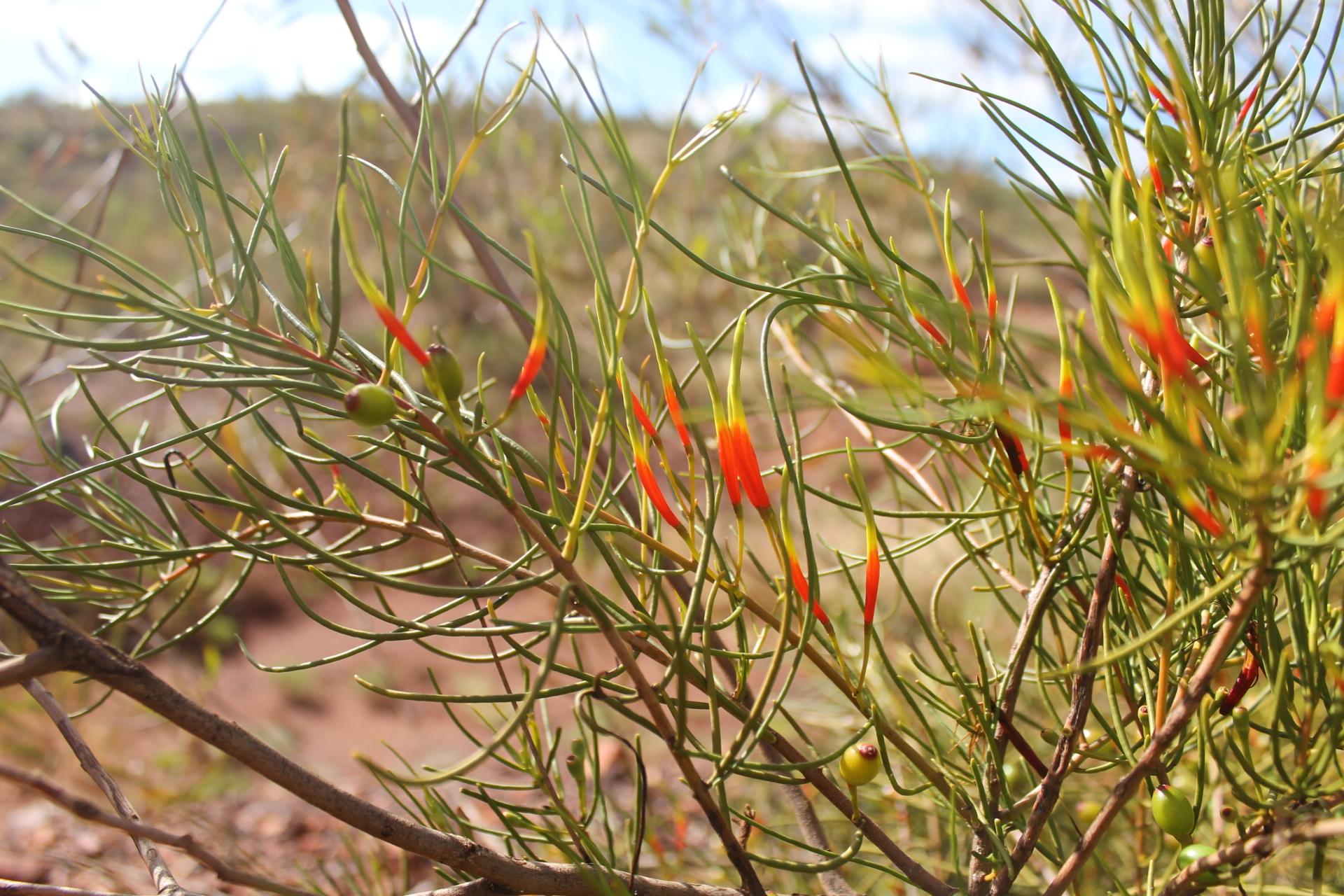- August 10, 2022

1. What is a PRCP?
Mines operating in Queensland are legally required to rehabilitate the land that is disturbed. A Progressive Rehabilitation and Closure Plan (PRCP) outlines to environmental authorities, governments, and communities a step-by-step process that will result in rehabilitated mined land.
2. Who does a PRCP apply to?
A PRCP applies to any organization conducting mining operations in the state of Queensland, Australia. This regulation means that mining companies and operators are legally required to rehabilitate disturbed land. Any application for new mining projects in Queensland is required to submit a detailed PRCP before permits are granted.
3. What classifies as disturbed land?
Any land which is disturbed as a result of mining activities is considered available for rehabilitation unless it is being actively mined, being used for mining infrastructure, overlaying a probable resource reserve for extraction within 10 years, or the site of built infrastructure that will be retained as a beneficial asset (Queensland Government, 2017. P. 1).
4. When is mined land considered rehabilitated?
Mined land is considered successfully rehabilitated when it can be demonstrated that it is safe, stable, does not cause environmental harm, and can sustain the post-mining land use.
5. What are the components of a PRCP?
A PRCP plan consists of two primary components: rehabilitation planning and scheduling.
The rehabilitation planning component includes items such as general information about the site and operations, community engagement strategies, and details of the rehabilitation methodologies and techniques (Department of Environment and Science, 2021, p. 4).
The scheduling component of the PRCP plan includes a roadmap of closure outcomes, and significant milestones related to the progressive rehabilitation plan. It should also include a timeline of when land will become available for rehabilitation, as well as rehabilitation areas versus improvement areas (Department of Environment and Science, 2021, p. 5).
6. Who is involved in the PRCP development process?
To submit a successful PRCP to government bodies, the PRCP must have been developed in conjunction with the communities inside the mines zone of influence (Queensland Government, 2017, p. 2). This includes rural communities, towns, cities, and Indigenous communities and their Elders.
7. How do you amend a PRCP schedule?
An amendment application may be made to the administering authority at any time throughout the mining lifecycle and can consist of minor amendments and major amendments
It is considered a minor amendment if it meets the following criteria:
- Does not change a post-mining land use;
- Does not affect the stable condition of the land that will be achieved;
- Does not change the way a post-mining land use will be achieved;
- Does not relate to a new mining tenure;
- Does not change rehabilitation milestones; or
- Does not extend the projected day land will become stable.
(Queensland Government, 2022, p. 4).
If the proposed amendment does not meet all the above criteria, it will be considered a major amendment.
8. What might a rehabilitation strategy look like?
Mine rehabilitation consists of many different components working in conjunction to return mined land to a previous state. Some methods for rehabilitation include:
- Landform Design/Geomorphic Landform Design- A main process of rehabilitating mined land is creating a natural landscape through landform design and or geomorphic landform design of mine rock stockpiles.
- Revegetation- To rehabilitate mined land, plant species and soil can be incorporated into the landscape to create a self-sustaining ecosystem natural to the site area.
- Returning Land Uses- Some examples of returning land uses could be renewable energy sources, recreation facilities, nature conservancy, industrial facilities, or future resource extraction such as critical minerals.
How Okane Can Help
Our team of multi-disciplinary engineers have expert knowledge of integrated mine planning, closure, and environmental requirements. We can help you develop PRCP’s that incorporate rehabilitation methods such as revegetation, landform design and or geomorphic landform design, and innovative returning land use options. We can help you run thorough risk and alternatives assessments that will assist in identifying all closure options and develop clear closure success criteria to include in your PRCP schedule.
Our team has worked collaboratively with communities, regulators, and Indigenous communities throughout Queensland to identify the best possible closure solutions that will benefit them socially, financially, and environmentally.
Don’t hesitate to reach out to us via our contact page if you have any further questions about the progressive rehabilitation and closure planning development process.
www.okaneconsultants.com/contact-us/
References
Department of Environment and Science. (2021). Guideline: Progressive Rehabilitation and Closure Plan. https://environment.des.qld.gov.au/__data/assets/pdf_file/0026/95444/rs-gl-prc-plan.pdf
Queensland Government. (2017). Mined Land Rehabilitation Policy. https://environment.des.qld.gov.au/__data/assets/pdf_file/0035/87659/mined-land-rehabilitation-policy.pdf
Queensland Government. (2022). Progressive Rehabilitation and Closure Plan for Mined Land. Business Queensland. https://www.business.qld.gov.au/running-business/environment/licences-permits/rehabilitation/progressive-rehabilitation-closure-plans
